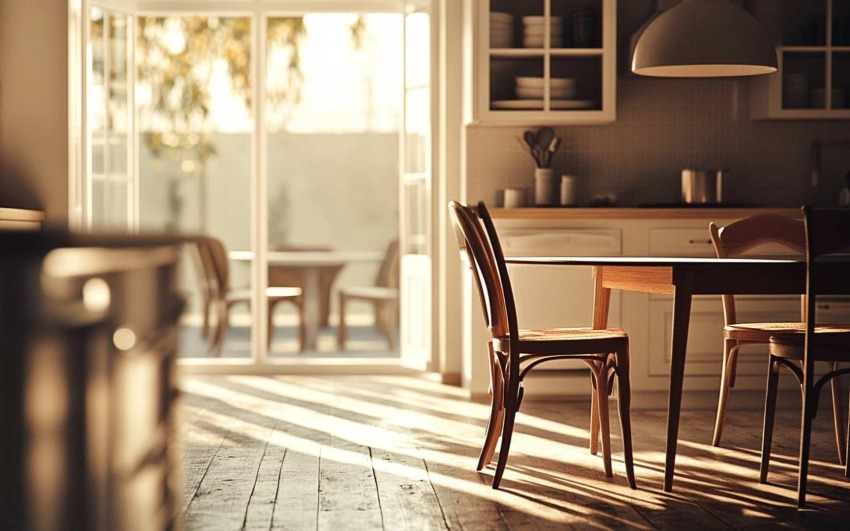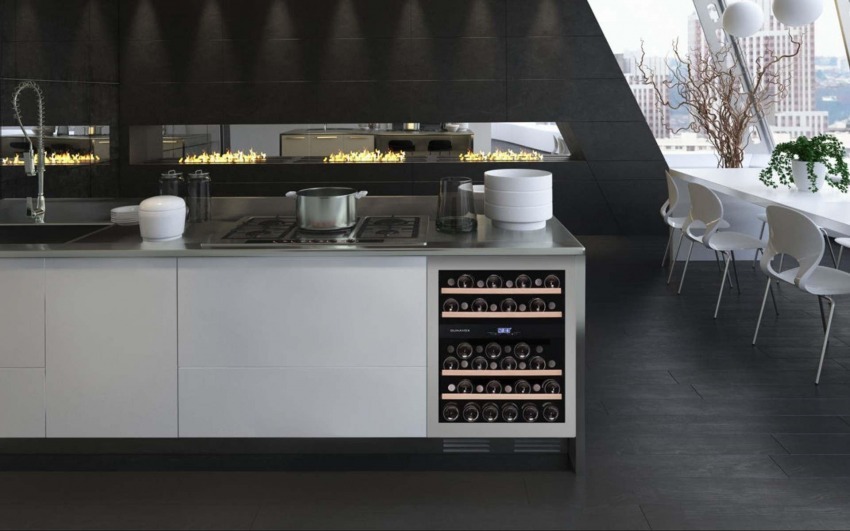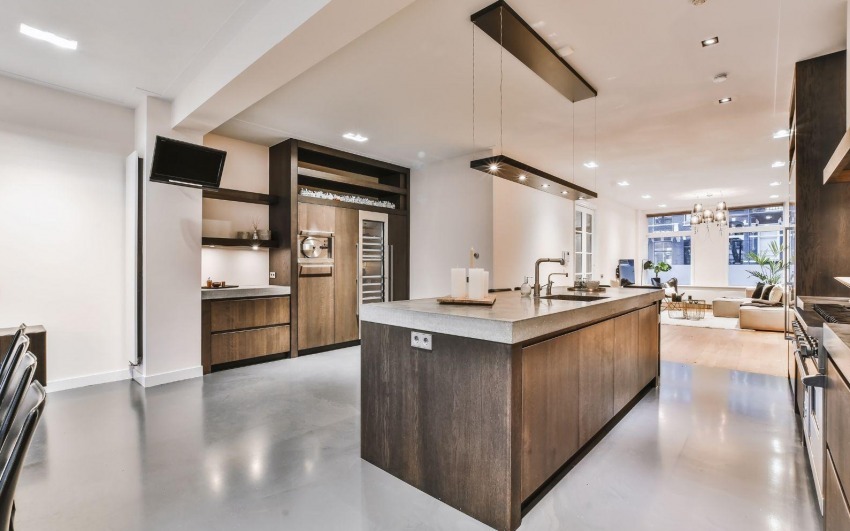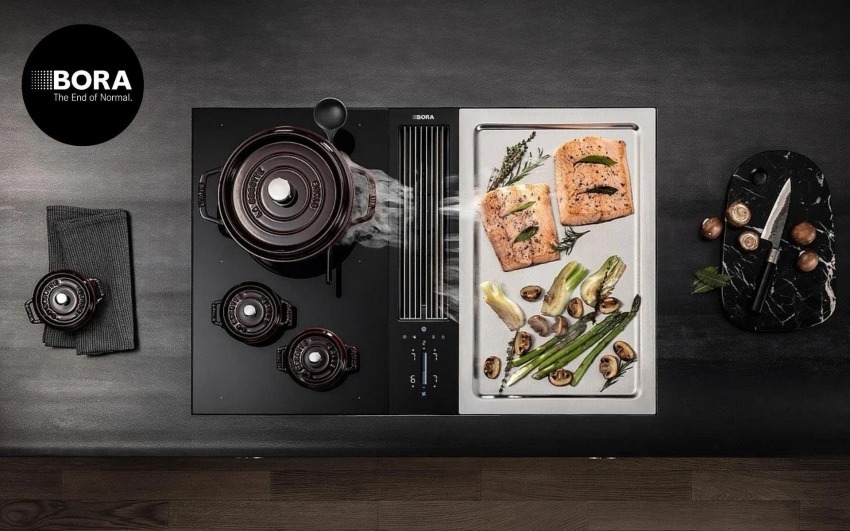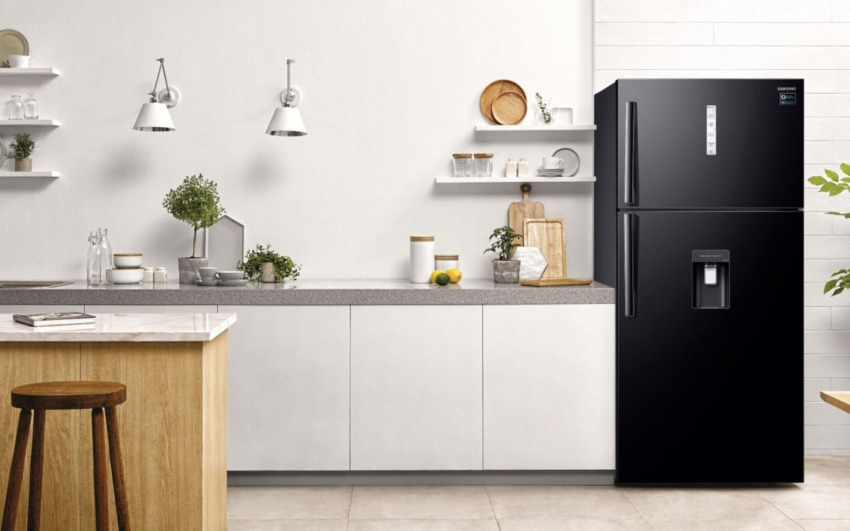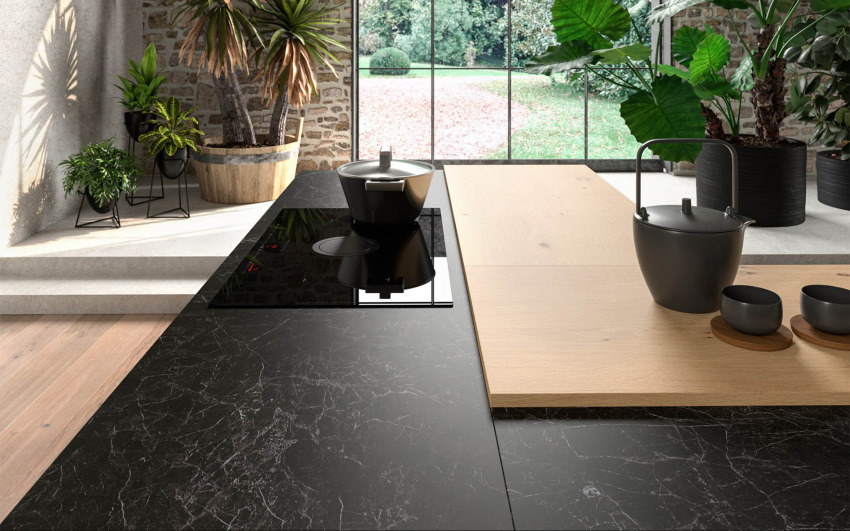11/11/2022
A good hob is of fundamental importance in order to be able to obtain satisfactory results in the kitchen, both in terms of culinary quality and in terms of functionality. But let's see, once the primordial choice to exclude gas has been made, what are the differences between glass ceramic and induction hobs and the relative advantages and disadvantages.
_7ab1f002c4_.jpg)
INDUCTION
Unlike gas hobs, induction hobs are powered by electricity. Under the top (which we remember to be in any case in glass ceramic), there are special electric coils that generate a magnetic field, which is transferred directly to the base of the pots, transforming into heat. In this way, heat losses in the external environment are almost completely reduced, greatly increasing the performance quality of the hob.
_ccf9570662_.jpg)
The fact that there are no dispersions and that the heat, therefore, is concentrated only where the pot is positioned, reveals a double advantage: the remaining cooking surface does not increase in temperature, this means that the risk of getting burnt, thus obtaining greater safety, and, moreover, guarantees rapid and uniform cooking of food.
In addition, an advantage of the induction hob not to be forgotten is certainly its simplicity of maintenance, that is, its ease of being clean, since, moreover, it does not have nozzles.
In terms of disadvantages, specifically we are talking about two fundamental aspects: first of all the need to have specific pots with a magnetic and flat bottom, a factor that we could slightly obviate by installing adapters to be interposed between the hob and the pot. Secondly, it has higher costs than the traditional hob, both as regards the purchase of the product and for energy consumption; in fact, it is often necessary to upgrade the electrical system in order to meet the daily energy needs.
_04057feb37_.jpg)
GLASS CERAMIC
Also very easy to clean, when we talk about glass ceramic hobs, we refer to a material based on lithium silicate, which is shown to be unbreakable and impervious to corrosive substances and which is subjected to a treatment, which prevents it from undergoing thermal expansion even at high temperatures.
_2dc341934d_.jpg)
Unlike the induction one, the glass ceramic hob has radiant plates under the cover, that is circular resistances that heat up and the heat generated is propagated to the glass ceramic and, by transmission, to the pots. Here, therefore, that its disadvantage immediately emerges: the surface in correspondence with the resistances remains hot for a long time, even after switching off; therefore, care must be taken to remove the pots from the hob, once turned off, to avoid burning the food and, very importantly, not to get burned, even if, most of this type of hobs proposed by the market, have special lights who report it. In addition to this, the operating costs are higher than for gas and induction hobs, since the efficiency of glass ceramic hobs is approximately 47%. Let's not forget the fact that the heat generated by the plates first heats the top and then the pots, thus causing a greater waste of energy!
_14077b47db_23.jpg)
Interior Designer since 1985
CEO & Founder, Italian Design in the World
